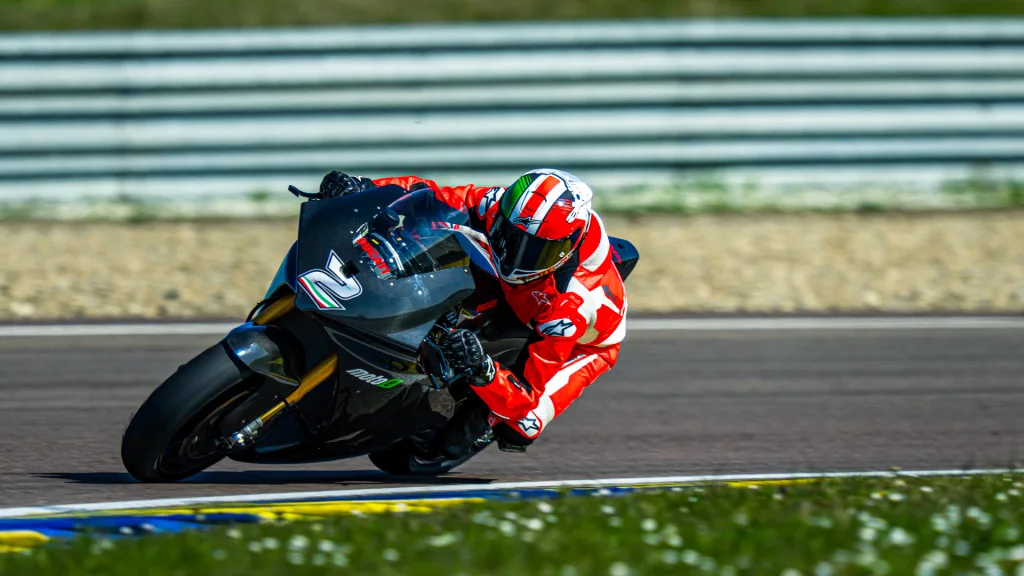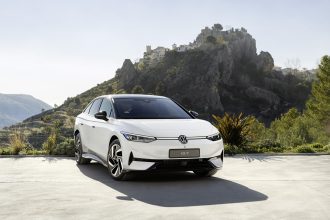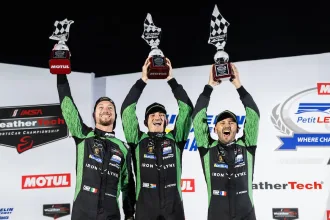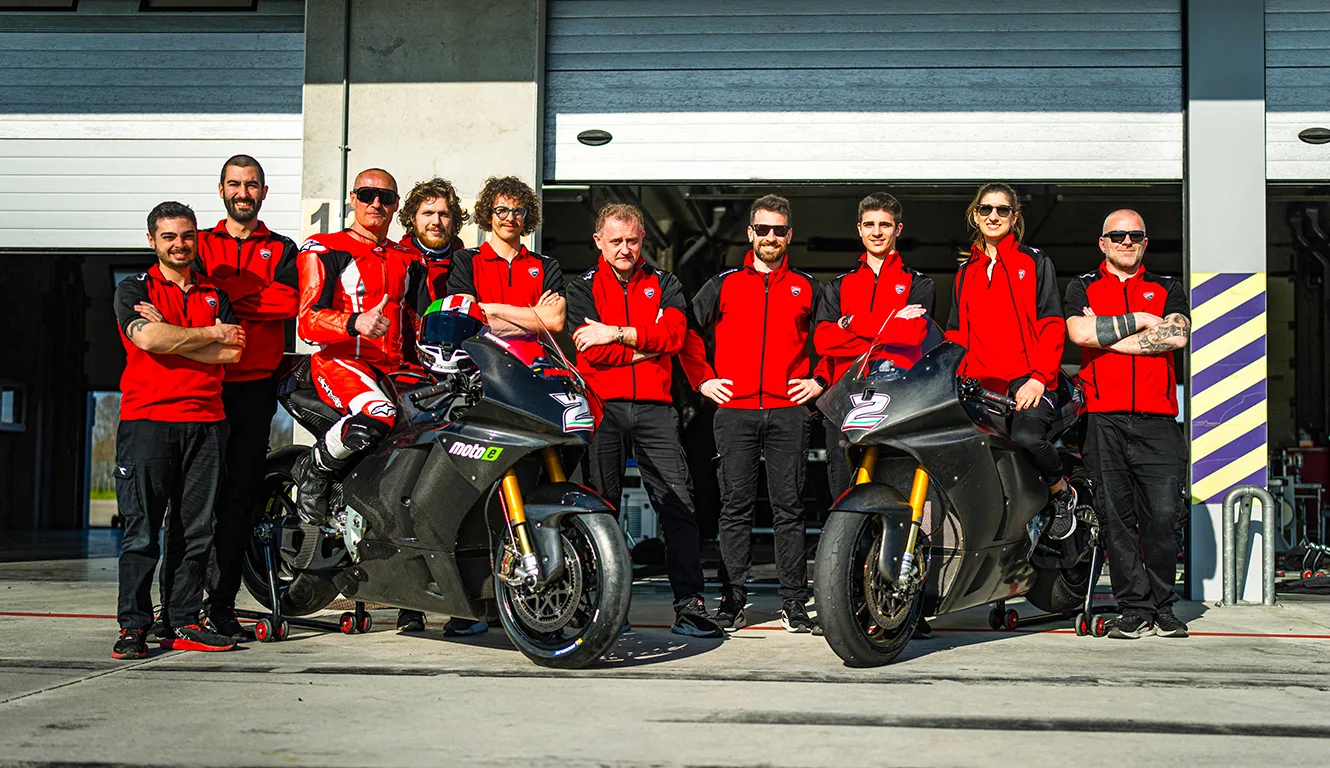The Ducati V21L, the prototype protagonist of the FIM MotoE World Championship since 2023, is gearing up for its third racing season. Created to study alternative technologies to internal combustion on the most demanding test bench in the world, the V21L is a true MotoGP of electric motorcycles. An experimental project for Ducati, which has invested in the creation of a fundamental heritage of know-how in order to be ready, if and when battery technology were to allow the creation of an electric road motorcycle in line with the values of the Borgo Panigale company.
As envisaged by the agreements with FIM and Dorna, work on the V21L has not stopped with the delivery of the 23 motorcycles (18 for the riders, plus 5 as reserves) supporting the nine teams involved in the MotoE World Championship. On the contrary, the evolutions of the V21L implemented in view of the 2025 season have involved all aspects of the motorcycle, from the powertrain to the electronics without neglecting the chassis. The improvements were confirmed in the track tests by Franco Battaini, who from this year is the new MotoE test rider for Ducati.
The V21L battery pack now has cells with more advanced chemistry inside, characterized by a higher energy density of 5 Ah compared to the previous 4.2 Ah. This has led to a reduction of 192 units in their number, going from 1152 to 960, while maintaining the bike’s power and autonomy unchanged. The battery pack on the Ducati MotoE, the most restrictive element in terms of mass and size, is characterised by a shape specifically designed to follow the natural flow of the central area of the bike.

In order not to alter the weight distribution of the V21L, Ducati Corse technicians have therefore chosen to remove one cell every six, distributing the lightening uniformly within the battery pack and obtaining a weight saving of 8.2 kg. This lightening, according to simulations, should offer an improvement in lap times of between three and four tenths of a second depending on the circuit.
Traction Control is now adjustable curve by curve. The technicians of each team can define three different mappings, selectable by the rider, with different Traction Control calibrations for each section of the track.
The V21L has also been lengthened by 4 millimetres thanks to different steering bushings, leaving the inclination and trail unchanged, thus becoming more stable when braking. Furthermore, the swingarm pin is now height-adjustable, to give teams the possibility of keeping the chain pull effect unaltered when changing the gear ratio by replacing the crown, or of varying it to adapt it to the rider’s preferences or the characteristics of the circuit.

Starting from the second round of the championship, in the Netherlands, the V21Ls will also be fitted with a new rear rim without false dampers, thus lightening the bike by 600 g. The gain is particularly significant as it relates to unsprung masses, with notable benefits in terms of nimbleness and handling.
Thanks to this latest update, the total weight of the 2025 version of the V21L drops from the previous 225 kg to 216,2 kg.
The 2025 calendar includes the first test of the season from 11 to 13 April on the Barcelona circuit, and a second on 8 May, on the eve of the first round of the championship, at Le Mans. There will be seven World Championship rounds, for a total of 14 races:
- French GP (Le Mans), 9/10 May
- Dutch GP (TT Circuit Assen), 27/28 June
- Austrian GP (Red Bull Ring-Spielberg), 15/16 August
- Hungarian GP (Balaton Park Circuit), 22/23 August
- Catalan GP (Circuit de Barcelona-Catalunya), 5/6 September
- San Marino GP (Misano World Circuit Marco Simoncelli), 12/13 September
- Portuguese GP (Autódromo Internacional do Algarve), 7/8 November









